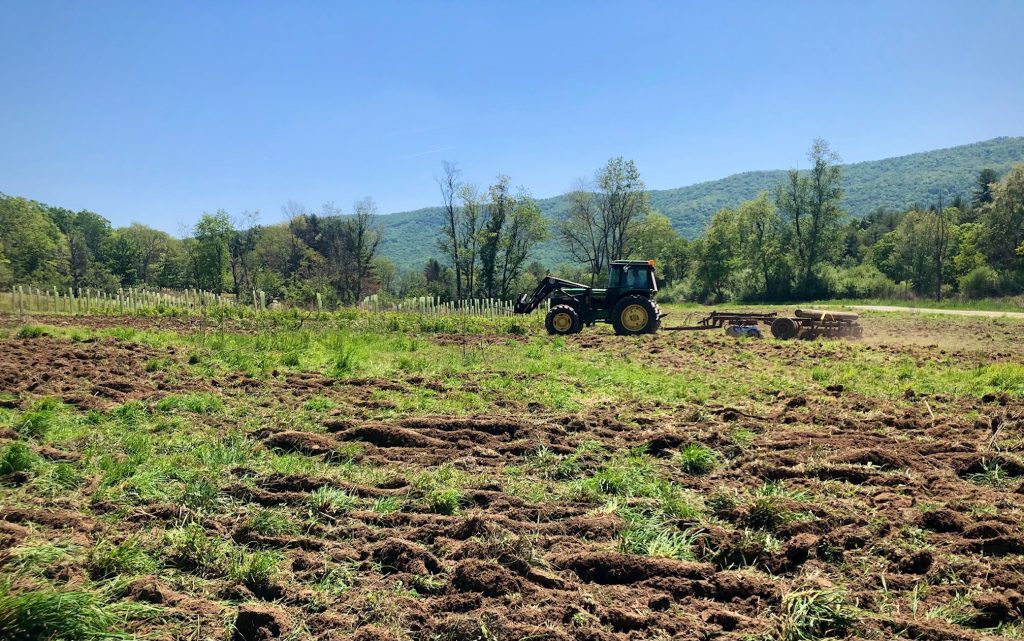Eliminating Invasive Species and Enhancing Turkey Habitat in NWTF’s Colonial Forests
The NWTF is continuing its work in its Central Appalachian Focal Landscape, part of the NWTF’s Colonial Forests Big Six Region.
Since 2015, the NWTF has administered 11 contracts within the George Washington and Jefferson National Forests in Virginia to increase overall wildlife habitat.
The conservation delivery in these particular areas is focused on eliminating vegetative species that serve little wildlife value and installing species that boost wild turkey habitat and supply benefits to other native critters, like woodcock, songbirds and pollinators.
This project entails eliminating each invasive species with a specific treatment. For instance, land managers treat cool-season grass areas with a selective herbicide that leaves the good grass but rids the weeds that pop up. They are also spot spraying mile-a-minute weed (Persicaria perfoliata) and mulching autumn olive.
“To get the best results, we need to treat each of these invasives differently,” said Cully McCurdy, NWTF district biologist for Virginia, West Virginia and North Carolina. “This helps us ensure they don’t return after we plant vegetation that benefits the ecosystem.”
After the invasive species are removed, NWTF and partners plant a native, warm-season grass mix with a high native pollinator seed composition.
“This year, seven wildlife openings, totaling 10.6 acres, are being reclaimed with this seed mixture,” McCurdy said. “A portion of which will be planted in strips with cool-season grass borders. The overall goal of this project is to reinstall native grasslands and shrublands that existed prior to European settlement.”

Since 2015, the NWTF and partners have been reverting landscapes within the two national forests back to their former glory. This is excellent news for wild turkeys as it greatly increases brood range, loafing areas and provides nesting cover for them, all the right ingredients to help drive populations to sustain a healthy, huntable level.
Additional partners include USDA Forest Service, Virginia Department of Wildlife Resources and the Ruffed Grouse Society.
